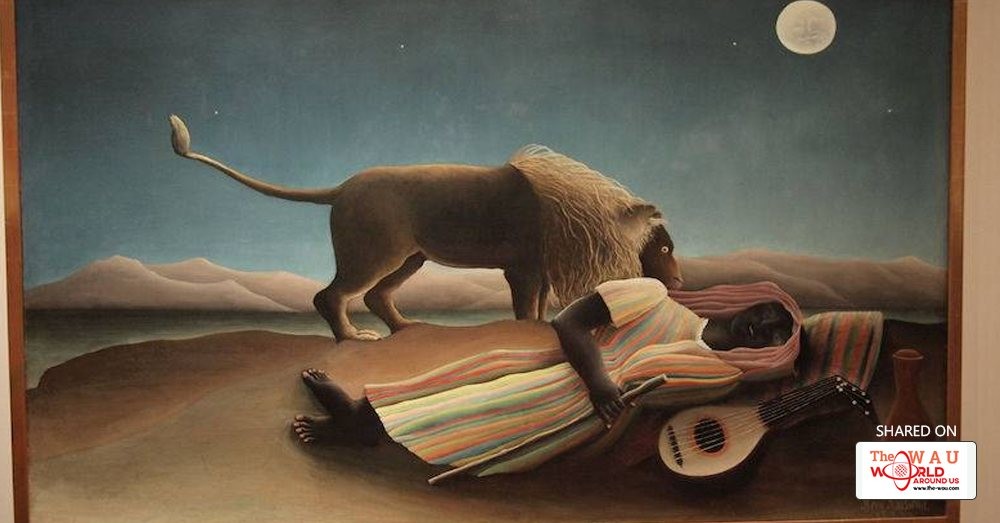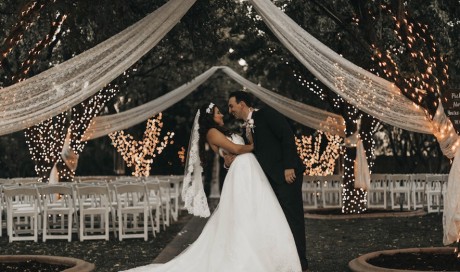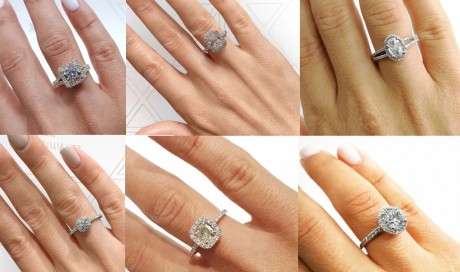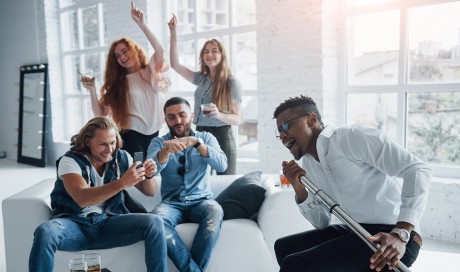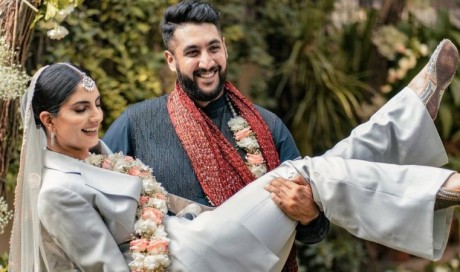One of the best things about visiting art museums is being able to see work that touches and inspires you, and it makes sense that you might want to snap a photo. But, many museums have rules restricting photography, and the last thing you want to do is be kicked out or damage artwork for the sake of a photo.
Follow the Museum's Rules
Art museums are all about sharing their wonderful collections with the public, but that doesn't mean visitors should go against the museum's rules. It's actually a benefit to museums to allow you to take photos of their art, especially if you end up sharing your snaps on social media, essentially doing free word of mouth marketing for the museum. So if a museum restricts camera use, they probably have decent reasons. Some examples of why a museum may not allow photos, certain settings (like flash), or restrict photography to certain collections:
Protecting delicate work : While there is still some debate about whether flash damages sensitive art and other historic materials, some museums may err on the side of caution be not allowing flash to be used.
Creating a better experience for all visitors : Someone's flash going off every few seconds while you're trying to take in a painting or other work of art is annoying, and creates a poor visitor experience. A museum might restrict flash photography and tripod use (to avoid people tripping)in order to make everyone's visit more enjoyable.
They don't have copyright : As The New York Times points out , copyright laws can be tricky, and photos of artwork can be viewed as a reproduction of the work. ArtNews mentions a museum may not hold copyright to every piece of work displayed, especially if the collection is being lent from another institution.
Lowers insurance risk : Some people will go to extreme lengths to get the perfect shot, which could result in injury or damage to the art or the museum's property. By not allowing photos to be taken, museums remove the motivation for such risky behavior.
Encourages merchandise purchases : If you can't take your own photo to print and hang at home, you may be more likely to buy a poster or other merchandise to remember your favorite piece of art from your visit.
If you're taking the photos for a project, Ben Guest, a freelance professional photographer with extensive experience shooting fine-art objects, suggests asking the museum if they'll make an exception for your project. You can try reaching out ahead of time or asking day-of, which is more of a risk but works if you're unable to find contact info on the museum's site or Facebook and Twitter.
Respect Other Visitors
You already know that you're probably not the only person in the museum, so be mindful of other visitors when trying to take a photo. If there's a big crowd looking at a piece of art at the same time as you, or you're trying to snap a shot of a popular piece, be patient. Stand back and wait for the crowd to move on, using this time to consider how you want to set up your shot.
Be considerate when using flash, a tripod, or a camera that is relatively loud so that you limit how much you disturb other people's ability to soak up the art. You also want to keep in mind how much space you're taking up, especially if you have equipment like a tripod or a large camera bag. Even though you're in a public space, some people may be uncomfortable with being included (accidentally or not) in your photo, so try to leave people out of your shot if you can.
Lastly, be prepared to (quietly) speak up if you bump into someone, move in on their personal space, or want to ask them to move in order to get your photo. A couple example phrases you can try out:
- "Pardon me, I didn't mean to bump into you."
- "Hi, sorry to disturb you. Do you mind moving a couple steps that way so I can grab a photo quickly?"
- "Excuse me, I love this painting and want to take a quick photo. Do you mind if I stand next to you?"
- "So sorry to interrupt, I want to take a quick photo but don't want to accidentally include you in the shot. Do you mind stepping over there for a second?"
Of course, you can also come up with your own to match the situation and your own style. If the person is understanding and complies with your request, be sure to thank them warmly before moving on.
Take Your Time
If your goal is to snap some great photos, schedule your visit so you have plenty of time to find pieces you like. You also want enough time to consider different angles and find the ones that strike your fancy. Guest explains how to do this:
Spend time looking at a 3 dimensional piece (ie not flat art) from various (possible) angles first (particularly if it's a sculpture). Busts and sculptures of figures (human or animal) often have a 'good side' just like humans do.They might also have more than one 'good side'. Try to shoot from eye level (e.g. lower down if the object's on a table) particularly if it's a bust/human sculpture (imagine shooting a sculpture of a human form as if you were shooting a real person: ie you see people's faces at eye level and they can look more impressive at certain angles). With abstract sculptures look at the object from all possible angles (inc low and high) and find what you like about the shapes you see. If it's placed in an interesting space- possibly think about how you might also incorporate that.
For paintings and other art that hangs flat on the wall, Guest recommends a different approach:
When shooting wall mounted flat artwork (e.g. paintings/illustrations) with inbuilt camera flash don't shoot completely straight on if there's a reflection from the flash (most of the time) - move a bit to the left or right to shoot (at enough angle) to not get a reflection of the flash (if in doubt take a few shots at various angles until you can't see any reflection). The same goes for anything behind glass/ perspex. Don't use flash if it's not allowed. If not using flash most modern digital SLR's will have higher ISO settings (for low light). Adjust the ISO settings upward until you get a reasonable exposure. If your camera has a 'white balance' option use it to get a more nuetral colour temp balance- particularly in mixed light settings. If you don't want to use higher ISO settings on a digital SLR (and tripods are allowed) do a longer time exposure on a tripod instead- again you will also need a cable-release or use a self-portrait setting (for a time delay before the shutter fires to settle the camera).
For adventurous or experience amateur photographers, Guest suggests trying out a a room or gallery wide time exposure to capture both the artwork and the feel of being in the museum.
If you're planning to take a lot of photos, or want to set up your shots with less risk of having to keep out of other visitors' way, plan to go during non-peak hours for the museum. You might be able to look these up on google or ask the museum ahead of time, or you can generally aim for right when they open, the lunchtime lull , or close to closing time.
Share This Post

